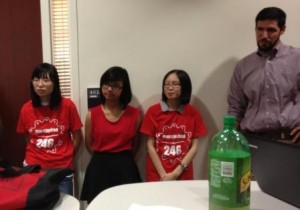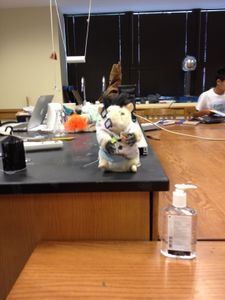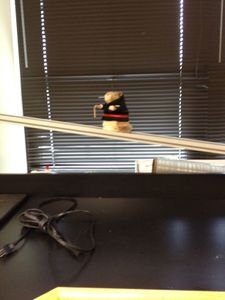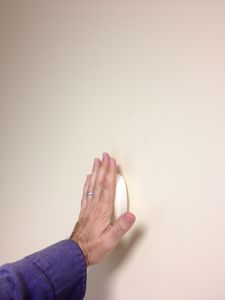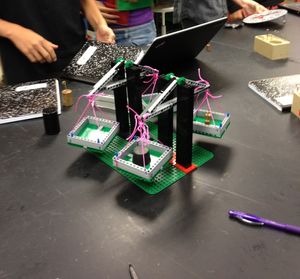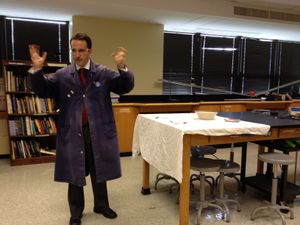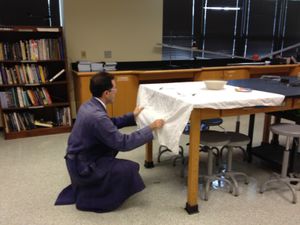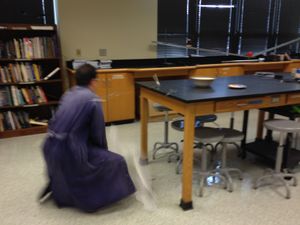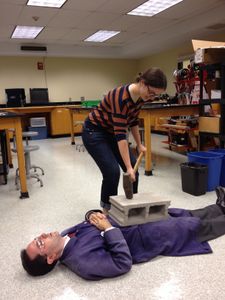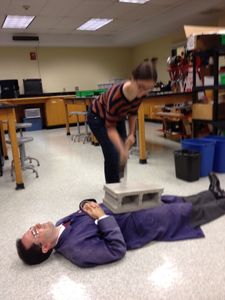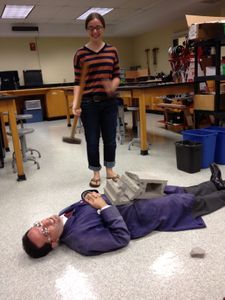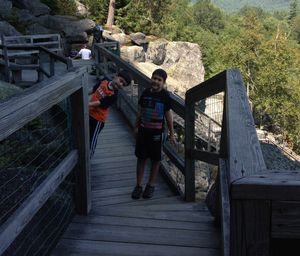In physics last week we explored gravity and acceleration. Often the students were frustrated with my vague smiles when I refused to answer their questions and forced them to put forth ideas whether they be right or wrong. Why would I do this? The lone sophomore in the class wisely said that we only learn from our failures!
LEGO couldn't agree more! LEGO is having a webinar next week on why failure is an option!
"Every successful inventor has failed multiple times and learned from those failures. Students are often encouraged to succeed with one answer, but in the real world, it’s not about one answer. Companies want multiple answers to the same problem so that they can choose which fits the organization best. LEGO® Education wants students to fail, and fail often, because it’s a critical part of how the creative and engineering process works, and helps them develop the tenacity and ability to adapt to change that is so highly valued by businesses – not to mention useful in life. When kids fail, they fail with recognition of what is at risk – equipping them with better risk-management skills and an improved understanding of what’s at stake."
You can watch a preview here.
So this year, the Freshmen really outdid themselves. As I walked to the Academy from our morning All School Meeting I knew something was up as I looked up at my classroom and saw...the Planck's Plank.
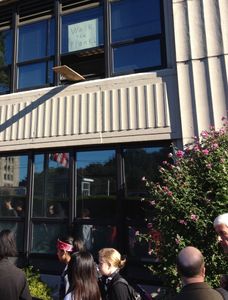
As class started, I found myself with the need to defend myself from the the Pirate Ship Hufflepuff.
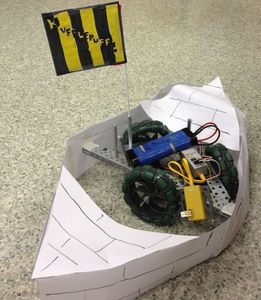
I survived my class with Hufflepuff, and they were rather well behave. The brigands showed up in the next period. The House of Raven was out in full force
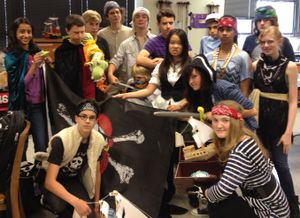
They released the Kraken which had me shaking in my boots.
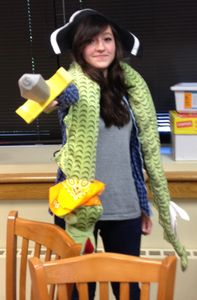
At that point I looked down and realized my poor hamster had been made to walk Planck's Plank.
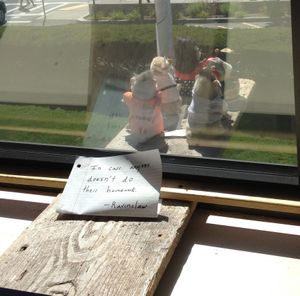
I quickly raced outside to catch them before they fell into the surf.
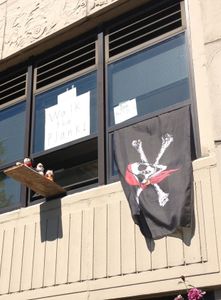
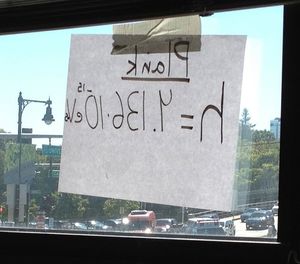 Fortunately, my fears were alleviated when the HMS Raven and the HMS Garber sailed up to save the hamsters from Planck's constant.
Fortunately, my fears were alleviated when the HMS Raven and the HMS Garber sailed up to save the hamsters from Planck's constant.
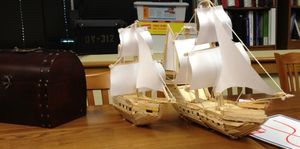 The ships delivered a treasure chest full of cookies and I must say, this has been the best Pirate Day since 2007.
The ships delivered a treasure chest full of cookies and I must say, this has been the best Pirate Day since 2007.
I do owe a debt of gratitude to the fine sophomores who I suppose inspired these brave new freshmen.
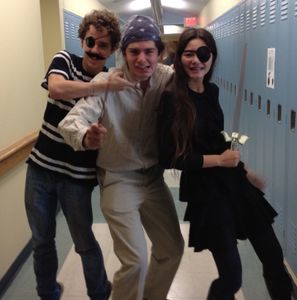 So, many thanks to the SS Raven for making my day.
So, many thanks to the SS Raven for making my day.
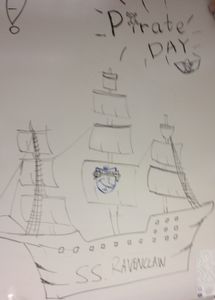 I was also reading an old article in Scientific American on the Science of Pirates. One interesting point in the article is that if you want to become a pirate, you could go to MIT. We used to have a college counselor here named JT Duck, who we should ask about the swashbuckling types across the river. As an assistant director of admissions at MIT he must know something about these brigands and scurvy scum.
I was also reading an old article in Scientific American on the Science of Pirates. One interesting point in the article is that if you want to become a pirate, you could go to MIT. We used to have a college counselor here named JT Duck, who we should ask about the swashbuckling types across the river. As an assistant director of admissions at MIT he must know something about these brigands and scurvy scum.
Down in Washington, they were prepping for the pirate invasion tomorrow at the American Center for Physics.
Also, in the news, Judy Donnelly sent me a couple of good links last week. Some cool animation about physics.
And a good link to fighter jets rainbows.

On a sad not, the International Space Station is scheduled to come back down in 2020. This article in the Washington Post argues for keeping it afloat. It is actually a nice article on the future of NASA.
XKCD had a great data storage commentary on punch cards. I remember as an undergrad, playing around a bit with a punchcard reader at the Wesleyan University.
I once attended a summer program in Daytona Beach for teachers at Embry Riddle University. You can now go there to get a master's degree in Drone Warfare. Hmmm, I bet the pirates would love that degree!
On the opposite side of Drones, Tesla motors is developing a 90% autonomous car. The pirates would like one of those too. Except an autonomous boat.
